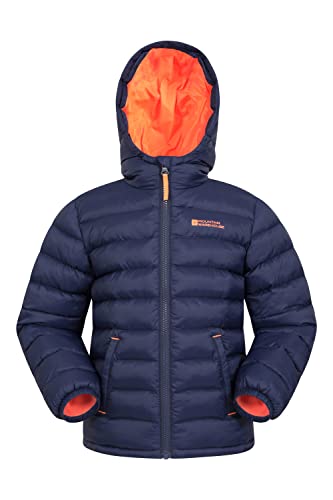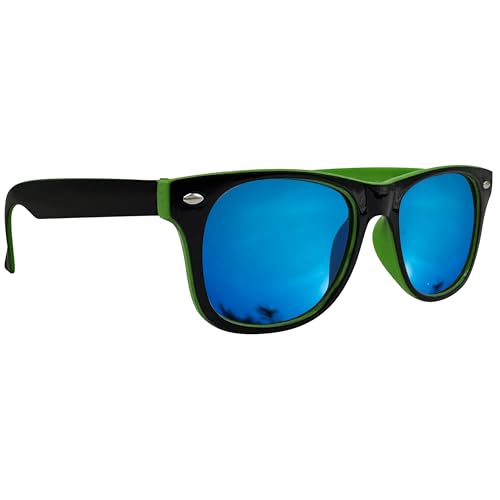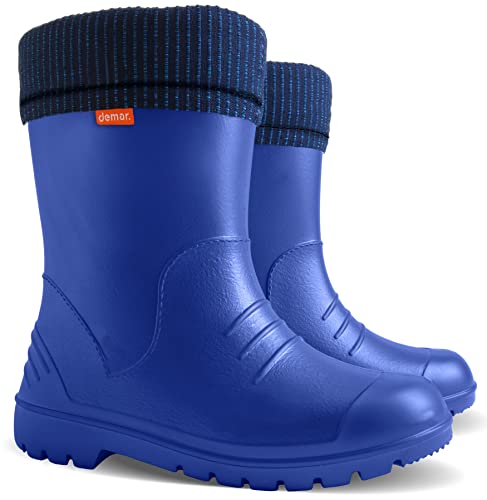Understanding the Material: What Makes Women’s Hiking Pants Comfortable and Durable
The Importance of Fabric Choices
When it comes to hiking pants, the choice of fabric plays a crucial role in their comfort and durability. We commonly see a blend of synthetic materials like nylon or polyester, which are favoured for their lightweight and quick-drying properties. Such fabrics allow for breathability, ensuring that moisture moves away from your skin, which is essential during intense hikes. Additionally, many pants feature a degree of stretch, thanks to elastane, enabling ease of movement when climbing or crossing challenging terrains.
Durability Concerns
Durability is another key aspect that we need to consider. Hiking often takes us through rough environments, so pants made with ripstop fabrics—characterized by their reinforced weaving—tend to withstand wear and tear better than standard materials. This means fewer worries about snags or tears while we navigate through dense foliage or rocky paths.
Finding the Right Fit: How to Choose the Best Size and Style for Your Body Type
Understanding Sizing Systems
When selecting hiking pants, it is vital to comprehend sizing systems, as different brands may vary significantly. Generally, sizing includes waist size and inseam length, so measuring yourself carefully can greatly impact comfort and mobility while hiking. It’s best to check the brand’s specific sizing chart before making a purchase.
Style Choices to Match Your Activities
Every hiker has unique needs based on their body type and hiking style. We can choose from various styles, like straight-leg or cargo pants, the latter often featuring extra pockets for storage. If you enjoy holding snacks or tools on the go, cargo pants might be ideal for you. For those who prefer a more streamlined look, fitted or tapered pants create a stylish profile while remaining functional.
Key Features to Look For: Essential Elements That Enhance Your Hiking Experience
Pockets and Storage Solutions
Practicality greatly enhances our hiking experience, and that’s where the feature of pockets comes in. Look for pants with a combination of zippered and open pockets, which keep small essentials secure while allowing easy access when needed. This way, we can carry our phone, snacks, or a map securely while having them easily reachable.
Moisture-Wicking and UV Protection
Another important feature to look for is moisture-wicking technology. This characteristic ensures that sweat evaporates quickly, allowing us to stay dry and comfortable even during vigorous activities. Additionally, consider pants that offer UV protection, especially if your hiking adventures frequently occur in direct sunlight. This added benefit safeguards our skin from harmful rays while we explore the great outdoors.
Weather Considerations: Choosing Pants for Different Conditions and Environments
Hot Weather Hiking
For hiking in warm conditions, lightweight, breathable fabrics are essential. Look for pants designed specifically for summer use, often featuring built-in ventilation panels or roll-up legs to convert long pants into shorts. This adaptability is invaluable when temperatures rise.
Cold or Wet Weather Hiking
Conversely, if you plan to hike in colder or wetter environments, we should consider insulating layers or pants that are water-resistant. These will help keep us dry and warm, providing layering options that can be adjusted depending on the weather.
Care Tips: How to Maintain Your Hiking Pants for Longevity
Washing Instructions
To keep our hiking pants in pristine condition, adhering to the manufacturer’s washing instructions is crucial. Typically, washing them in cold water and avoiding fabric softeners extends their life. We should hang them to dry whenever possible, as this prevents damage from high heat.
Storage Practices
Proper storage is also key to maintaining the quality of our hiking pants. It’s advisable to store them in a cool, dry place, avoiding damp areas that could cause mildew. Additionally, folding them neatly rather than cramming them into a drawer can prevent creasing and prolong their usability.

























